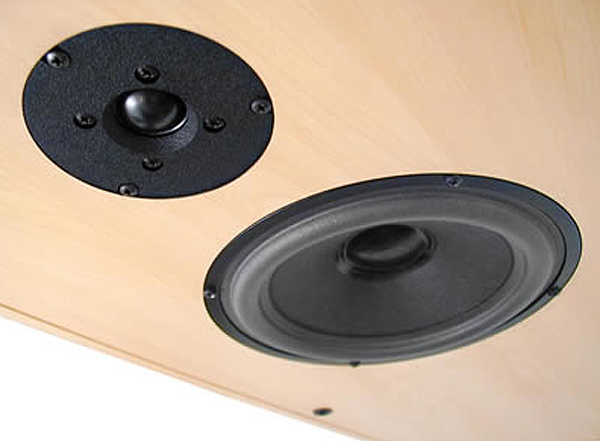Imho its their marketing that infuriating ? The sell as their stuff is something magical only achieved by esoteric knowledge, that’s one part . It’s even worse when they also claim that everything else is somehow wrong such as feedback transistors etc and this is then obvious to a real audiophile but can’t be measured 
If they just sold thier equipment as “we like how they sound and they are handmade in smal numbers” and we will charge this $$$ for it, and be happy, but no they must spread thier fud/story about how everything else is wrong and only they can truly make hifi equipment.
They been around for a while and can obviously run a company handle warranty etc and keep dealers and customers happy enough.

If they just sold thier equipment as “we like how they sound and they are handmade in smal numbers” and we will charge this $$$ for it, and be happy, but no they must spread thier fud/story about how everything else is wrong and only they can truly make hifi equipment.
They been around for a while and can obviously run a company handle warranty etc and keep dealers and customers happy enough.


